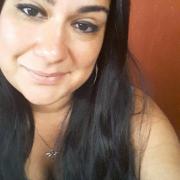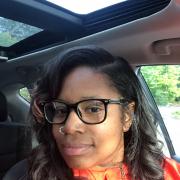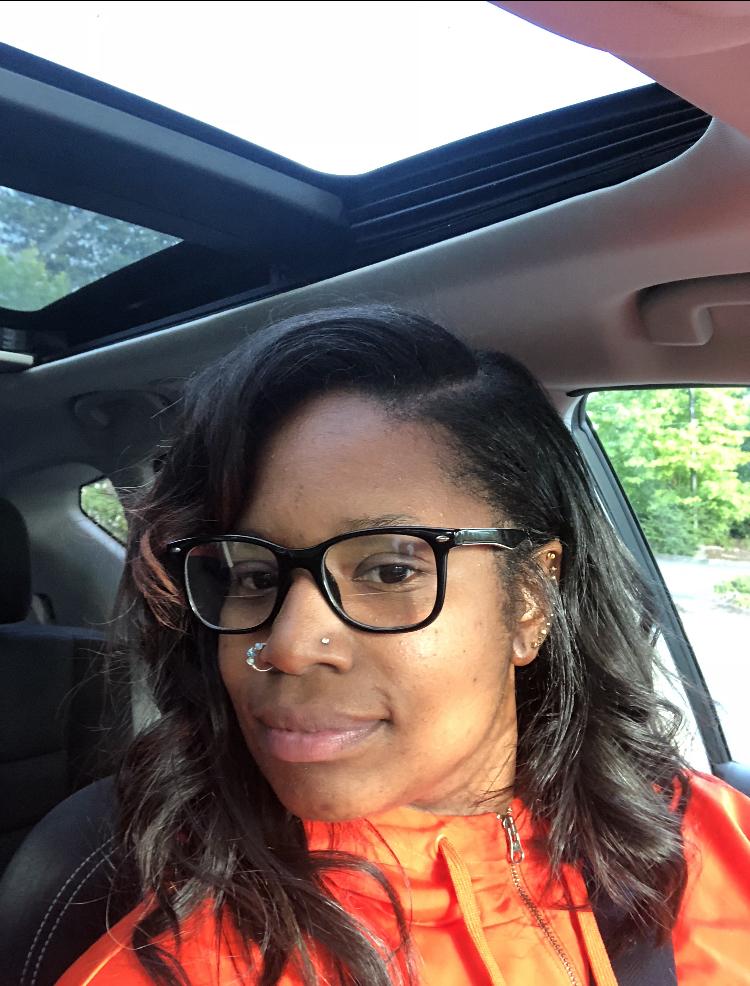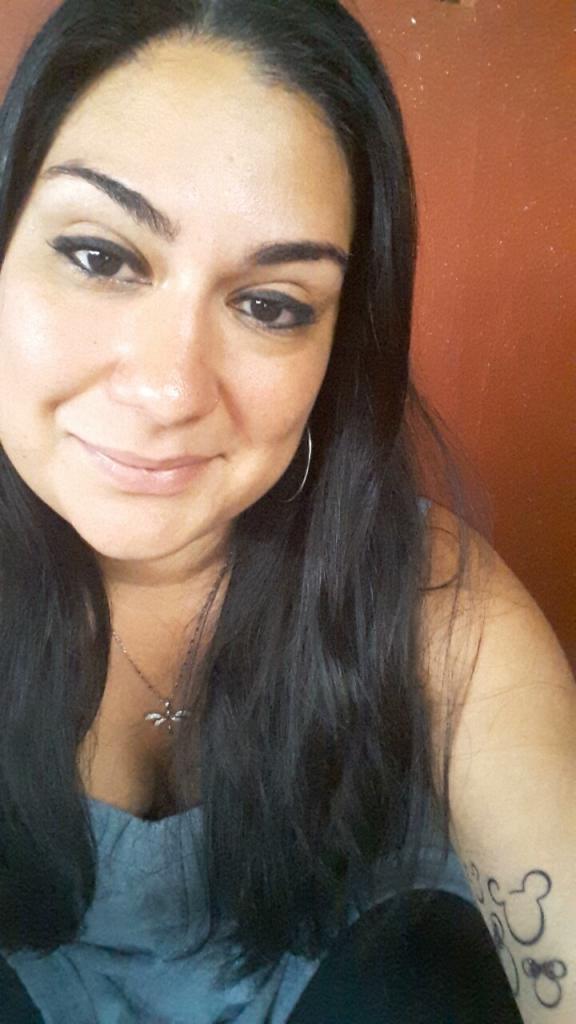My name is Reshonna and I was born and raised right here in Seattle, WA. I grew up in a household with a single mother who was a teacher. As a young girl I knew from watching my mom that teaching was something that I wanted to do when I got older. I started working at 12 years old with infants, and I fell in love! At the age of 18 I started working at a Montessori preschool, and in 2012 I got my certification.
My name is Monica and I have 2 children of my own. I decided I wanted to work in education because I saw how much my children struggled in the public school system. I wanted to make a difference and started as an assistant teacher in Seattle. I am now working as a co-lead teacher with Reshonna.
We have been teaching together for the past 7 years at our school. Each year we make changes in our curriculum based on the needs of our children. We, as women of color, noticed the importance of teaching Racial Equity in our classroom; based on the lack of diversity within our school. We share the same values of knowing that ALL children can be the change in the world that we need right now.
One of the main reasons we wanted to add more racial equity/ social justice to our curriculum was because children start to notice racial identities during ages 2-3 years old. It often starts as noticing boys vs. girls, but overtime develops into skin color, hair color and even disabilities. It starts from curiosity and then around the age 5-6 they start to divide into racial ethnic groups. I had an experience with a child in my early years of teaching when a darker skin woman came in to our classroom and the kids started pointing and laughing at her hair. They said that her skin looked like “dirt”. As a person with brown skin I had to start making a change.
Social Justice became important to us because we know as educators that racial bias can be unlearned, in a fairly positive way. It is often a very touchy subject and can be intimidating to teach if you aren’t from a diverse background. We both wanted to make sure that our children would be exposed to various racial backgrounds in every way that we can provide for them. We show our children that differences and similarities can be embraced, and that’s what makes us all special. It’s very important for children to notice differences in each other, and be respectful without judging others. Our role as educators and adults is to let go of our own personal feelings and fears, and to speak truth to our children. Children have a great way of understanding while using empathy without any fear.
How we approach racial equity is by first understanding how it is very prominent in our society today.
Another way we approach racial equity and social justice in our classroom is by having core values. By implementing integrity, respect for others, confidence and knowing you
can be a positive change in the world. We had to be very intentional to make our experiences with our children tangible and concrete.
Within our core values we started introducing the 7 continents. We start with North America and go thru each continent talking about differences and similarities with food, styles of living, transportation, etc. We often try to highlight the differences in a positive way, as well as highlighting the similarities that makes us who we are. For example when we studied North America we introduced the civil rights movement. The conversation about civil rights changed our concept of teaching hard topics to our kids. We noticed that children have a strong sense of justice vs. injustice. The class was very aware of how unfair people were getting mistreated based on the color of their skin.
As an activity, we divided the kids by hair color. We allowed the lighter haired kids to play on the playground and the darker haired kids had to sit down. Then they switched spots. When we were back inside at circle we intentionally asked how this made them feel. The children had very strong feelings on how this felt unfair for their friends to be sitting out while they were having fun. They wanted to play all together and be united.
We have done similar activities when we’ve introduced Northwest Native Americans, immigration/migration and fair workers’ rights.
We even shared the honest truth that if the Civil Rights Movement hadn’t changed the world, Monica and I wouldn’t even be able to be their teachers. We would be working in schools that have less resources then a predominantly white school.
Tools that are helpful to talk about Social Justice and Racial equity are:
1. Role playing: role playing can be extremely valuable for children. It provides them a more concrete and clear understanding of seeing another perspectives.We did a role playing activity that was based on the Montgomery Bus Boycott.
We had one person play Rosa Parks, and another person play the bus driver. Then as a class we all marched to Boycott riding buses. We made sure to emphasize that during the civil rights movement what made the movement strong was that people used their words and didn’t fight. After, we had an open dialogue. We asked questions such “how do you think Rosa felt when she was disrespected by the bus driver.” ‘How do you think MLK helped her?” “How would you try to help others in a situation where someone is being treated unfairly?” “Instead of yelling how would you use your words in a respectful way?”
2. Using Literature: children love to hear stories and look at books with pictures. And books are a great way to start a conversation. We put a various amount of books in our library that have people with many shades of skin colors. Children are very inquisitive and ask questions. Make sure to leave out your own perspective and make it into a “ teachable moment”. An example is during race conversations children often ask why our skin is the color that it is. We read the book called All the Colors we Are by Katie Kissinger. It gives 3 definitions of why we have our skin colors and proper names that we can use instead of Black or White skin. To further this lesson we bought skin tine crayons and asked the children “How would you describe your skin color?” The children make up their own way of explaining their own skin color. For example, some things were mentioned such as melon cotton candy, cinnamon toast, peachy coral, hot mocha etc. Then we use these words to create art works using crayons/colored pencils/markers that resemble their skin color explanation. When we are talking about segregation, one of the books we read is Separate is not Equal by Duncan Tonatiuh. This book is a great way for children to understand the unfairness it is to feel separated and left out by others. It also gives a great resource on showing children how cultures can connect in positive way.
3. Audio/Visuals: Another great way to approach social justice is being intentional with talking about people that have been influential with the change. We have posters of past and present role models from all over the world all around our classroom. Such as, Barack Obama, Martin Luther King Jr., Rosa Parks, Bessie Coleman, Ghandi, Che Guevara. The children regularly listen to their speeches and also watch videos about their meaningful work at circle time. We listen and sing songs such as; We Shall overcome, Stand up for something by Andra Day and One love by Bob Marley.
4. Invite family, friends and community members to share their cultural experiences. This helps parents feel more welcome to our school and at the same time engage children in such an important lesson. They could bring pictures, books to read, music, food to taste, artifacts and/or things that are used in special celebrations. For example, when we started to talk about Europe one family came in and represented Sweden. We saw their soccer teams jerseys, tasted a fun sweet treat, saw lots of pictures of their beautiful country and saw their traditional dance. As an activity we made small Midsummer poles to take home. The kids really enjoyed having a love one come in and spend time with them and they also got to experience something they normally don’t see every day. Another reason why we invite family, friends and community members to teach us their truth is because we accept we don’t have a full grasp on other cultures.
Overall our main goal is for children to celebrate differences and know that’s what makes us all special. We hope that our students learn to respect others and continue to grow their cultural awareness so we can get closer to a more united way of living. The more our students learn from past mistakes the better and more prepared they will be for their life in the future. Let’s keep inspiring our children to know that they are the future leaders of tomorrow!






The views and opinions expressed in this post are those of the author(s) and do not necessarily reflect those of MomsRising.org.
MomsRising.org strongly encourages our readers to post comments in response to blog posts. We value diversity of opinions and perspectives. Our goals for this space are to be educational, thought-provoking, and respectful. So we actively moderate comments and we reserve the right to edit or remove comments that undermine these goals. Thanks!